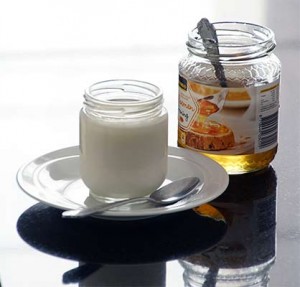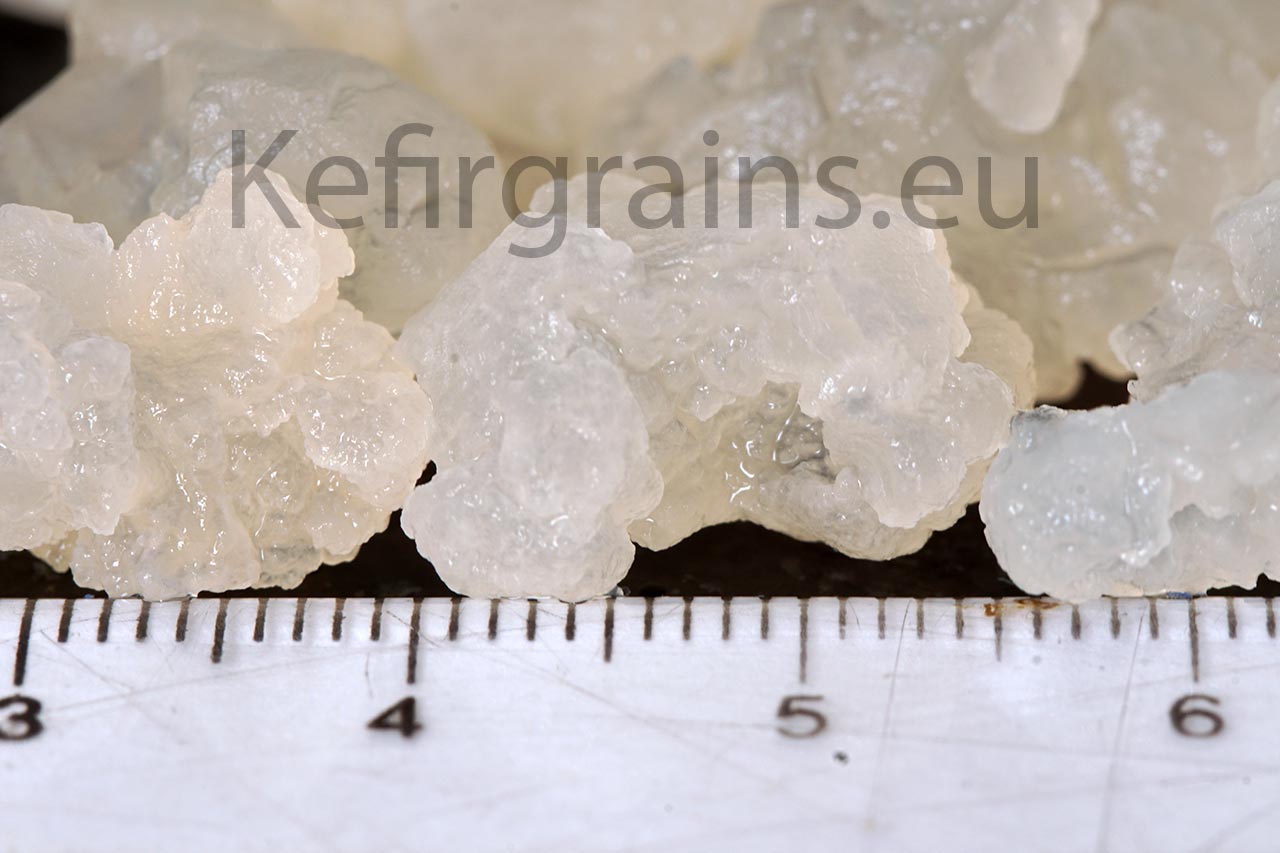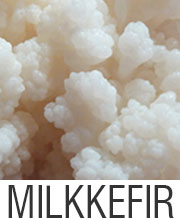Bifidobacterium yogurt
Yogurt is famous as the best source of lactic acid bacteria. However, not all yogurt products contain significant numbers of a live culture of lactobacillus or, say, bifidobacterium, because bacteria do not survive in the manufacturing procedure. Some yogurts possess live culture added by the manufacturers. Several bacteria live in the human intestines, providing a beneficial parasitic relationship that benefits them and us. Bifidobacterium produces lactic acid as a byproduct of the fermentation process. There are situations where killing bacteria has no probiotic benefit.
Bifidobacterium yogurt: yogurt is usually cultured with bacteria from the genus Bifidobacterium. The commonly used Bifidobacterium in yogurts or any other dairy product is the Bifidobacterium Animalis and the Bifidobacterium Bifidum. The bacteria are a probiotic well known for their positive advantages on human digestion. Several types of harmless bacteria may be used for culturing yogurt, and most yogurts are made using a blend of different bacteria. Bifidobacterium yogurt is, however, less common than yogurts prepared with other kinds of live cultures.
We prepare yogurt by adding live cultures of several bacteria to milk and allowing it to ferment. The live culture includes bacteria from different generations, most of which are suitable for health. You can transform non-dairy yogurt into bifidobacterium yogurt. The usual non-dairy bases of yogurt include soy, rice, and coconut milk. Additives to yogurts of this kind help mimic the texture of dairy-based yogurts. At the same time, Bifidobacterium or other bacteria provide alternative yogurt with the same benefits as dairy yogurt made with live cultures.

Make Yogurt at Home – Homemade Yogurt
When we consume bifidobacterium yogurt, some live cultures remain in our digestive tract. These types of bacteria start colonizing the large intestine’s inner walls. The large intestine breaks down nutrients for further digestion with its assistance. It helps prevent the infestation of harmful bacteria by taking most of the helpful nutrients that could feed the bacteria. These bacteria help eliminate the digestive tract’s oxygen and lower potential hydrogen (pH), making it an unfriendly situation for other kinds of bacteria. Several medical studies have assumed that eating this bifidobacterium yogurt does help protect us from the invasion of harmful bacteria.
Most of the bacteria in the bifidobacterium yogurt do not remain in our digestive tract, as waste passes out from our bodies in substantial amounts. Though most helpful bacteria don’t stay in any person’s body, their presence in our digestive tract is believed to help decrease the time food takes to pass through.










